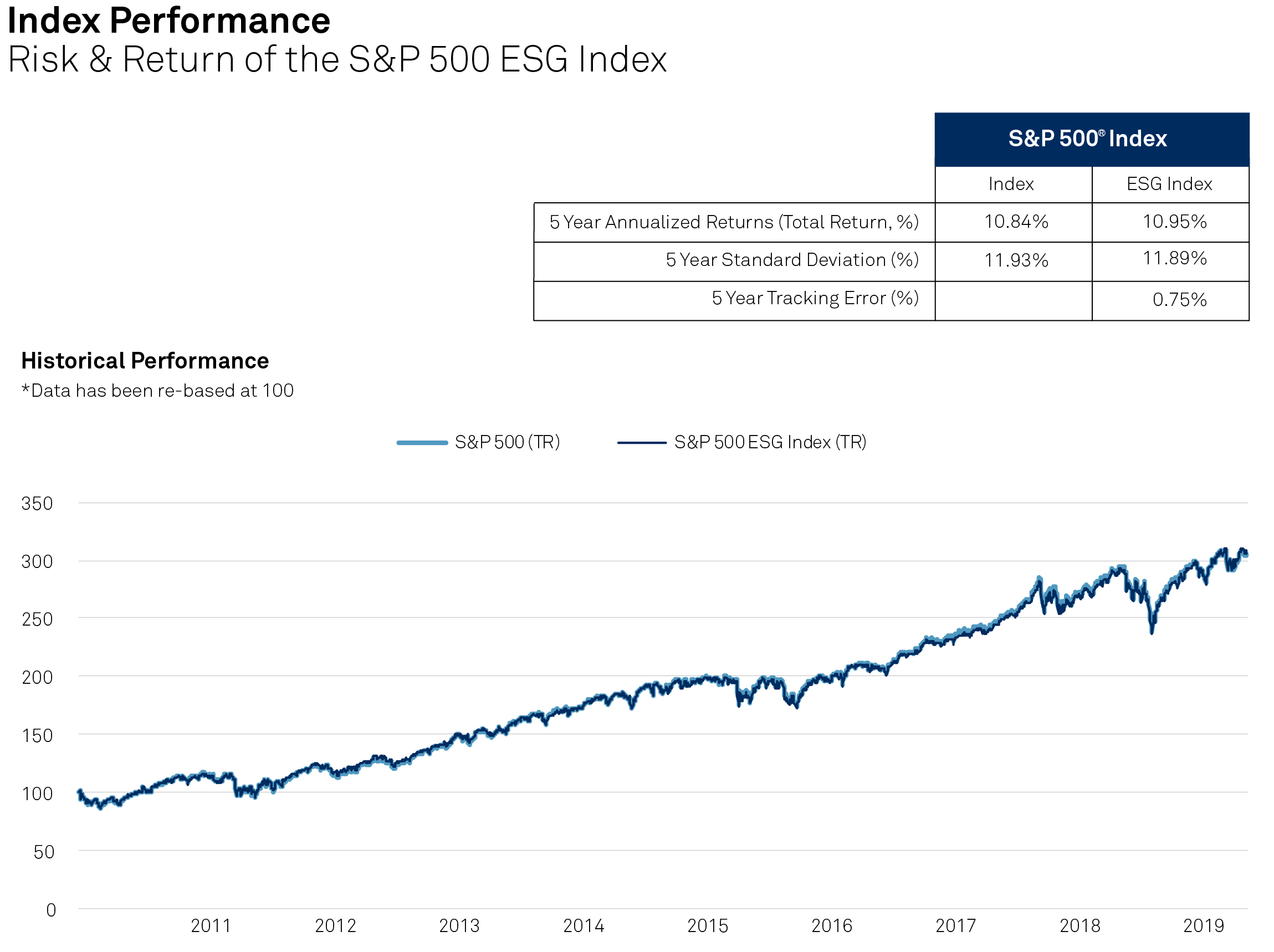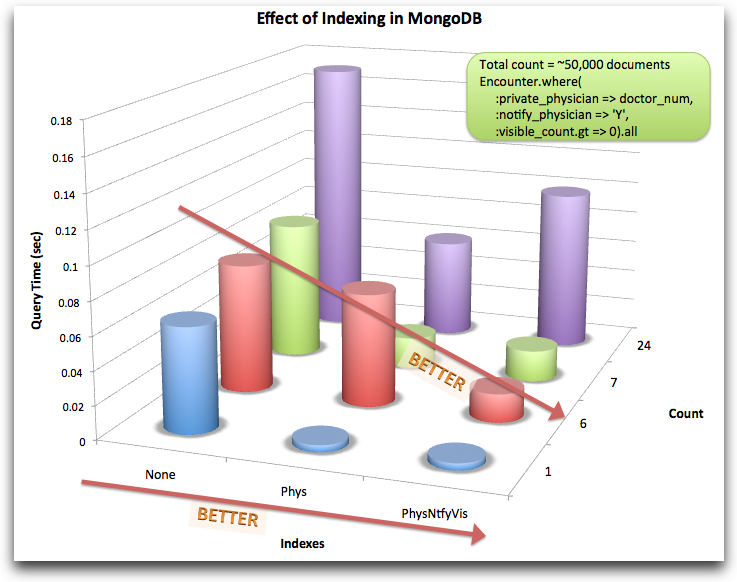

a defines the intersection on the y axis and is often interpreted as a delay.

The metric was based on an information analogy, where the distance to the center of the target ( D) is like a signal and the tolerance or width of the target ( W) is like noise. The original 1954 paper by Paul Morris Fitts proposed a metric to quantify the difficulty of a target selection task.

It was initially developed by Paul Fitts.įitts's law has been shown to apply under a variety of conditions with many different limbs (hands, feet, the lower lip, head-mounted sights ), manipulanda (input devices), physical environments (including underwater ), and user populations (young, old, special educational needs, and drugged participants ). Fitts's law is used to model the act of pointing, either by physically touching an object with a hand or finger, or virtually, by pointing to an object on a computer monitor using a pointing device. The law predicts that the time required to rapidly move to a target area is a function of the ratio between the distance to the target and the width of the target. Fitts's law: draft of target size W and distance to target Dįitts's law (often cited as Fitts' law) is a predictive model of human movement primarily used in human–computer interaction and ergonomics.


 0 kommentar(er)
0 kommentar(er)
